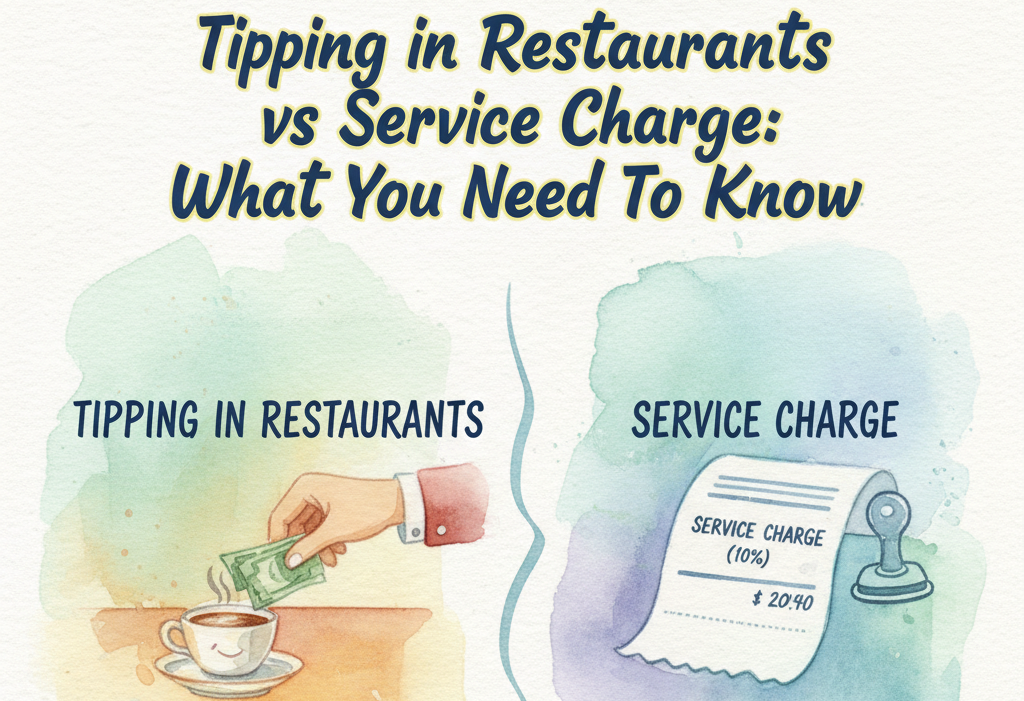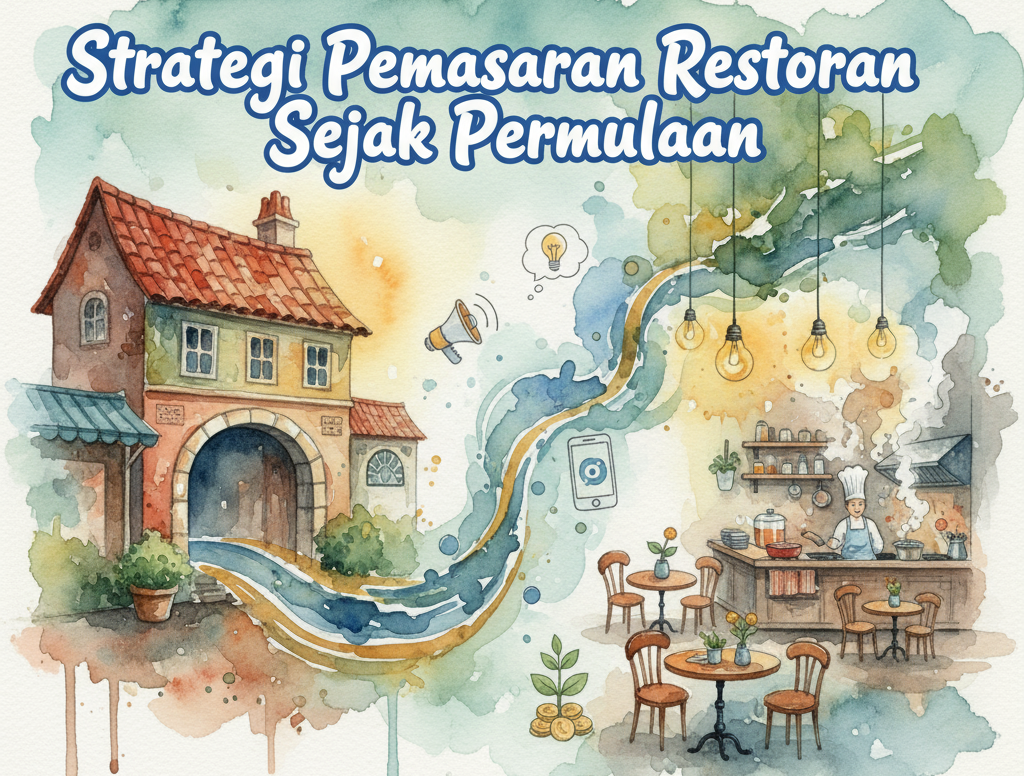Plate and narrate ! (where storytelling meets the art of dining). You just don’t want to serve dishes. Do you? Your customers wouldn’t mind some Satay(les) and you wouldn’t mind some extra sales 😛
What is storytelling?
Storytelling is an interactive art form that stimulates the listener’s imagination by revealing a story’s elements through words or actions.
Different types of stories you can tell your customers
1- Origin Story
Share the story of how your restaurant came into existence. Highlight the passion and inspiration behind its creation. Include personal anecdotes, challenges overcome, and the journey that led to the establishment of your restaurant. Dishes that have been passed down through the restaurant’s owners’ generations may also be on the menu. Low Yong Moh Restaurant in Melaka being the first and oldest dim sum restaurant has understood the assignment and uses its historical connection to its advantage.
2-Personal stories of Chefs or Owner
Humanize your brand by introducing your staff and sharing their stories. This can include chefs, servers, and other team members. Provide a glimpse into the behind-the-scenes moments, such as kitchen preparations, to give customers a sense of the restaurant’s atmosphere and culture. Dewakan located in Kuala Lumpur known for its innovative and modern Malaysian cuisine, could share the stories of their chefs and kitchen team.
3- Stories Related to Beliefs
An increasing number of eateries are emphasizing their tales about ethical and sustainable food methods. It can involve cooking with eco-friendly techniques, utilizing products from sustainable farms, and giving extra meals to people in need. Stories like these are becoming more and more significant to customers who want to support companies that share their beliefs. A Little Farm on the Hill situated in Pehang , Malaysia is a farm-to-table restaurant that grows more than thirty different crops and prepares food with them to provide its consumers with excellent and fresh meals. They use this to promote their restaurant among individuals who are highly supportive of sustainability.
Benefits of Storytelling
Emotional Connection: Storytelling helps create an emotional connection between the restaurant and its customers. Sharing personal stories, anecdotes, and the journey of the restaurant’s creation can evoke emotions and make the dining experience more meaningful.
Brand Differentiation: Stories set your restaurant apart from others by highlighting its unique personality, values, and history. This differentiation can help your brand stand out in a competitive market and be more memorable to customers.
Building Trust and Authenticity: Sharing behind-the-scenes moments and introducing staff members humanizes your brand. Customers appreciate transparency and authenticity, and storytelling helps build trust by giving them a glimpse into the people and processes behind the food.
Memorability: Stories are more memorable than facts or features. By associating your restaurant with a compelling narrative, you increase the chances that customers will remember your brand when making dining decisions.
Word of Mouth and Customer Advocacy: Compelling stories give customers something to talk about. When customers feel a personal connection to your restaurant, they are more likely to share their positive experiences with friends and family, leading to positive word-of-mouth marketing.
Showcasing Expertise: Storytelling allows you to showcase the expertise of your chefs, staff, and culinary team. By sharing the stories of their training, inspirations, and dedication, you can highlight the skill and passion that goes into creating the dishes on your menu.
How you can take inspiration from this Restaurant located in Japan
Sukiyabashi, a small sushi restaurant located in Japan released a documentary called “Jiro Dreams of Sushi” to tell its unique narrative (you can watch the documentary on Netflix). It made sure that the documentary had these elements-
Personal Story of the Chef: Jiro Ono, the 85-year-old owner and chef of Sukiyabashi Jiro, is the focus of the documentary. It explores his work ethic, his quest of perfection, and his lifetime commitment to mastering the art of sushi-making.
Culinary Craftsmanship: The film masterfully depicts Sukiyabashi Jiro’s careful sushi-making method. It highlights the use of only the best ingredients by the restaurant and the chef’s constant devotion to his work.
Legacy and Succession: In the documentary, Jiro’s sons discuss their responsibilities within the restaurant while family relations and succession are examined. This gives the story a more emotional undertone by highlighting the generational transmission of traditions and the quest for perfection.
Cultural Context: The movie gives viewers a cultural context by delving into the background and cultural significance of sushi in Japan. This contributes to the development of a more comprehensive story that goes beyond the actual restaurant.
Results-
International Recognition- “Jiro Dreams of Sushi” gained international acclaim as people were able to resonate with the story.
Increased footfall- Following the film’s release, Sukiyabashi Jiro experienced an influx of customers, including both locals and international visitors.
Brand Longevity- The documentary’s enduring popularity has contributed to the long-term recognition and reputation of Sukiyabashi Jiro.
You can also take inspiration from ‘A Tale of Two Kitchens, a documentary on Netflix. The story revolves around Chef Gabriela Amaura’s two restaurants, Contramar and Cala, located in Mexico.
In conclusion, storytelling is the secret sauce that adds flavor to the culinary experience, forging emotional bonds and crafting memorable brand identities for restaurants. From the compelling origin tales to chef narratives and stories rooted in ethical beliefs, each element adds depth. The success of Sukiyabashi Jiro, epitomized in “Jiro Dreams of Sushi,” illustrates how storytelling transcends borders, earning global acclaim and prolonged brand resonance. As diners increasingly seek authenticity, the artful integration of storytelling not only attracts but fosters lasting connections, making each culinary encounter a memorable chapter.
What’s your unique story? Share it with your customers and with us in the comments.



